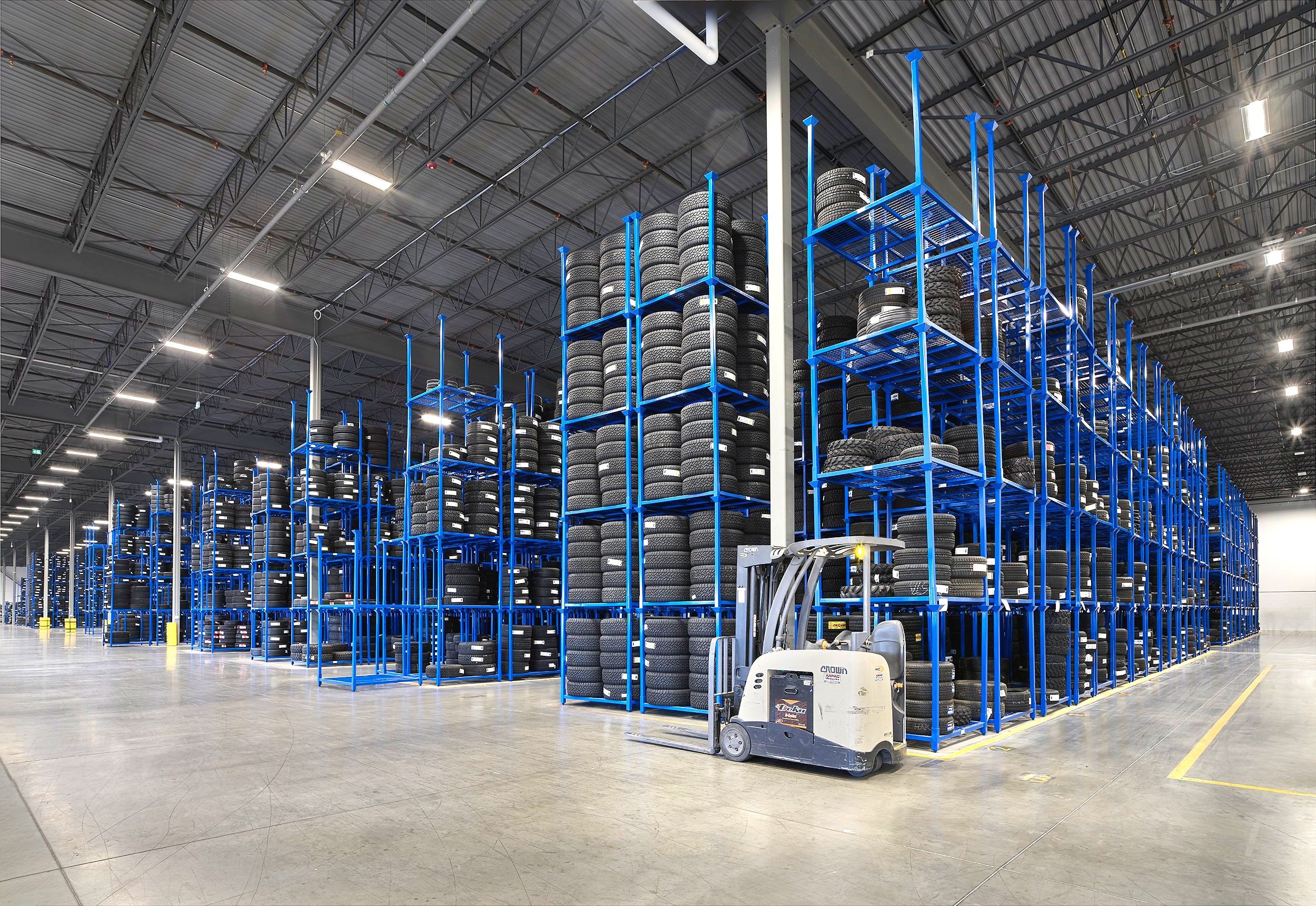Five features of Edmonton’s industrial market rounding out 2023.
What a ride 2023 has been so far for businesses across the province and beyond! The sheer scale of compounding factors being vollied at companies as they try to regain balance and grow their income is farsical. Consecutive interest rate increases, record inflation numbers, housing and rent inaffordability, but also, strong energy markets, an optimistic and bullish interest in Alberta, and ample inbound migration by Canadians who want a better quality of life. How does anyone project into the future and plan for growth, or perhaps conservation, when so many opposing factors are at play.
Of course the most common question we get asked is “What’s going on?”, and by extension, "How is the industrial real estate market in Edmonton, in Alberta? What’s happening to lease rates? Are buildings selling? When are prices going to come down? What is the market cap rate for Class __ Industrial? Can you send me some comps?”
We love having these conversations and disproving the myths in the market, so as an overview, I’ve outlined Five Takeaways that we are seeing play out in the industrial asset class, from leasing, to sales, construction costs to trends and opportunties.
KEY TAKEAWAYS
1. Leasing remains strong and active in the Edmonton region.
The majority of the leasing activity has been in small bay (<30,000 SF), prompting Landlords to consider demising larger spaces. Despite plenty of new Class A product reaching construction completion, availability (lease and sublease space) continues to trend downward nearing 5% city-wide, with lease rates averaging around $10.50 PSF. However, the vacancy rate (vacant lease only) now sits under 3.0% city wide, which highlights to the large portion of sublease space available for occupiers. There are a number of speculative and design build developments reaching completion in the coming months, nearly 50% already preleased with activity on much of the remaining balance. A couple things have remained consistent throughout 2022 and 2023 - the outward push towards lower cost periphery Counties has continued, and the flight to quality is a guiding principle….unless costs are just too exorbitant to relocate operations.
2. Owner/User Sales remain healthy, but down from 2021/22 highs.
The owner/user industrial warehouse market in Edmonton and surrounding markets has seen approx. 87 sales throughout 2023, maintaining and average price PSF of $150, comparable to 2022. The owner/ user market came down slightly due to the increased costs of purchasing, however improvements in Alberta’s main industries have proven to be a significant counterweight. Owner/users have the unique ability of being able to make sense of ownership opportunities when investors cannot because their analysis is more reliant on their financials and cashflow, not a cap rate or cash-on-cash return.
3. Construction Cost Challenges Shift from Materials to LaboUr.
The good news is that material costs are finally leveling out and coming down from their highs of 12 - 24 months ago. Having said this, developers and owners of commercial real estate, especially properties undergoing labor-intensive remodeling or repurposing, should not expect their overall project costs to decline just yet, even if other measures of inflation or wage growth do. The industry is still experiencing very tight labor supply. In fact, data shows there are fewer individuals entering the construction industry year over year, and more demand for the best skilled labour in this fast paced development world. Fortunately, Alberta is shielded from some of the labour woes due to positive migration into the province.
4. Investment Market Sees Buyers and Sellers at Odds Over Pricing Expectations.
There is a standoff between sellers who are looking backwards at former valuations, and purchasers who are waiting for the current market value to be realized. Of the industrial warehouse sales this year in the greater Edmonton region, only 25% were investment in nature. Everyone is waiting for the shoe to drop, but the lack of current market comps is distorting the reality of the investment market. One thing is for certain though, once a few market deals occur at today’s interest rate and pricing levels, it will provide a lift off point for a number of (lower priced) sales from the healthy cash reserves of buyers waiting to pounce. Oh, and these buyers are not just Alberta based anymore, the appetite is strong from investors across the Country (and externally) who see the business friendly nature of the province and who are seeking opportunities outside of the saturated core markets.
5. New opportunities in [nearshoring] Manufacturing.
One of the biggest opportunities that we are seeing infiltrate the industrial market in Alberta is the resurgence of robust manufacturing operations. Edmonton is returning to its roots as an epicentre for manufacturing activities as businesses across North America look to redefine their operational and supply chain activities closer to home to minimize disruptions. Canada and Mexico can be the big winners in this arena if we lean into our national advantages. These advantages in Alberta include: lower cost of goods ($CDN), ample natural resources, highly skilled labour, and a culture of innovation and entrepreneurialism. Mexico is already capitalizing heavily, even eclipsing China as the US’s biggest trade partner. Alberta has a huge runway here and we are starting to see the positive effects of this manufacturing focus in Edmonton’s broader industrial markets, as further outlined in recent ATB report: Manufacturing revenues on the rise.
As always, please feel free to send me an email or reach out to me on LinkedIn to discuss these topics further!






